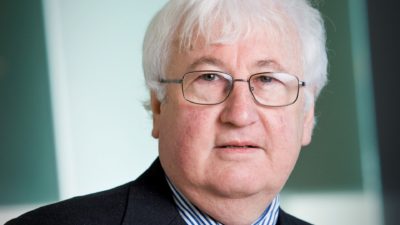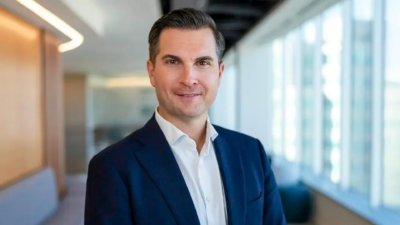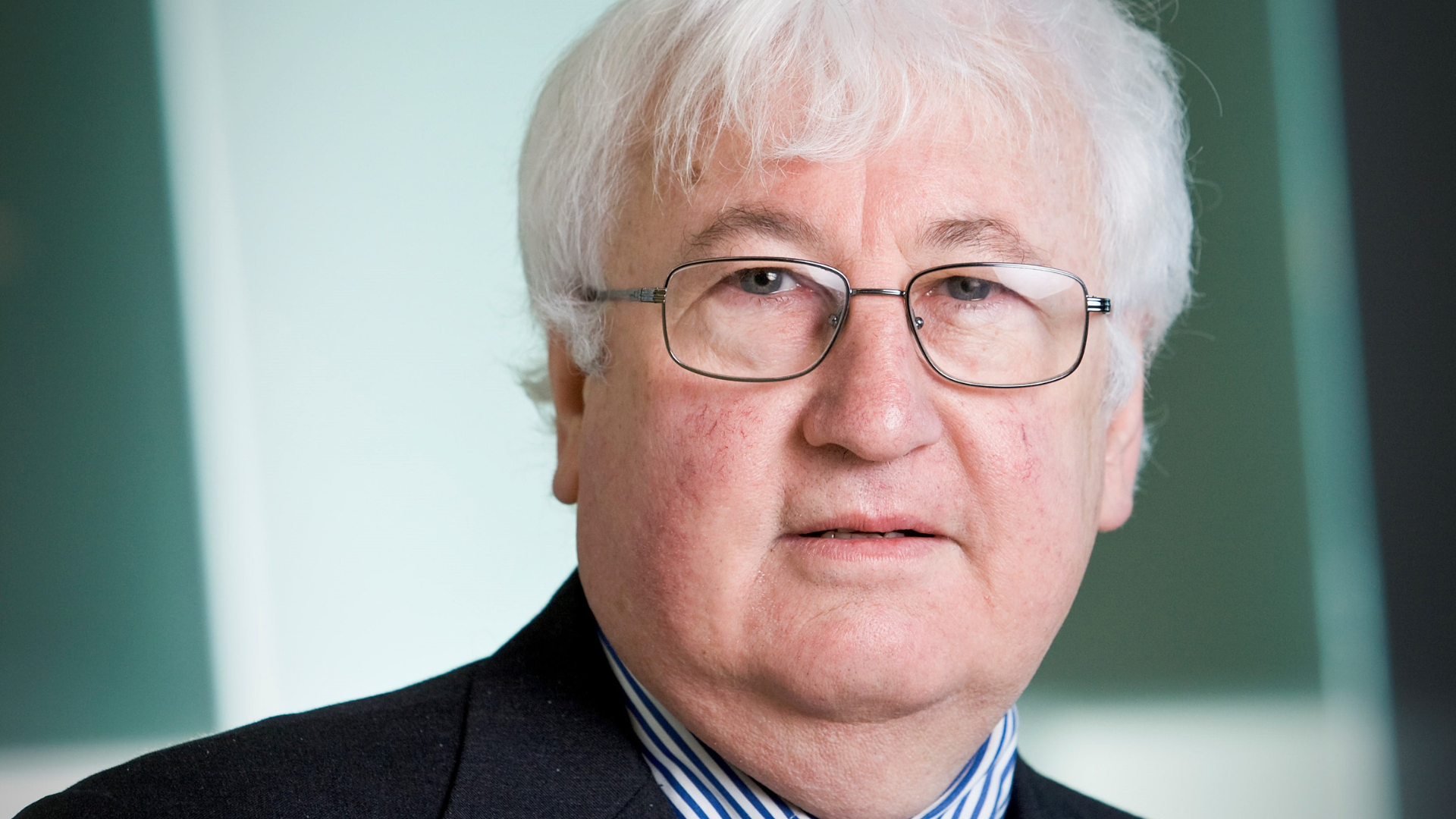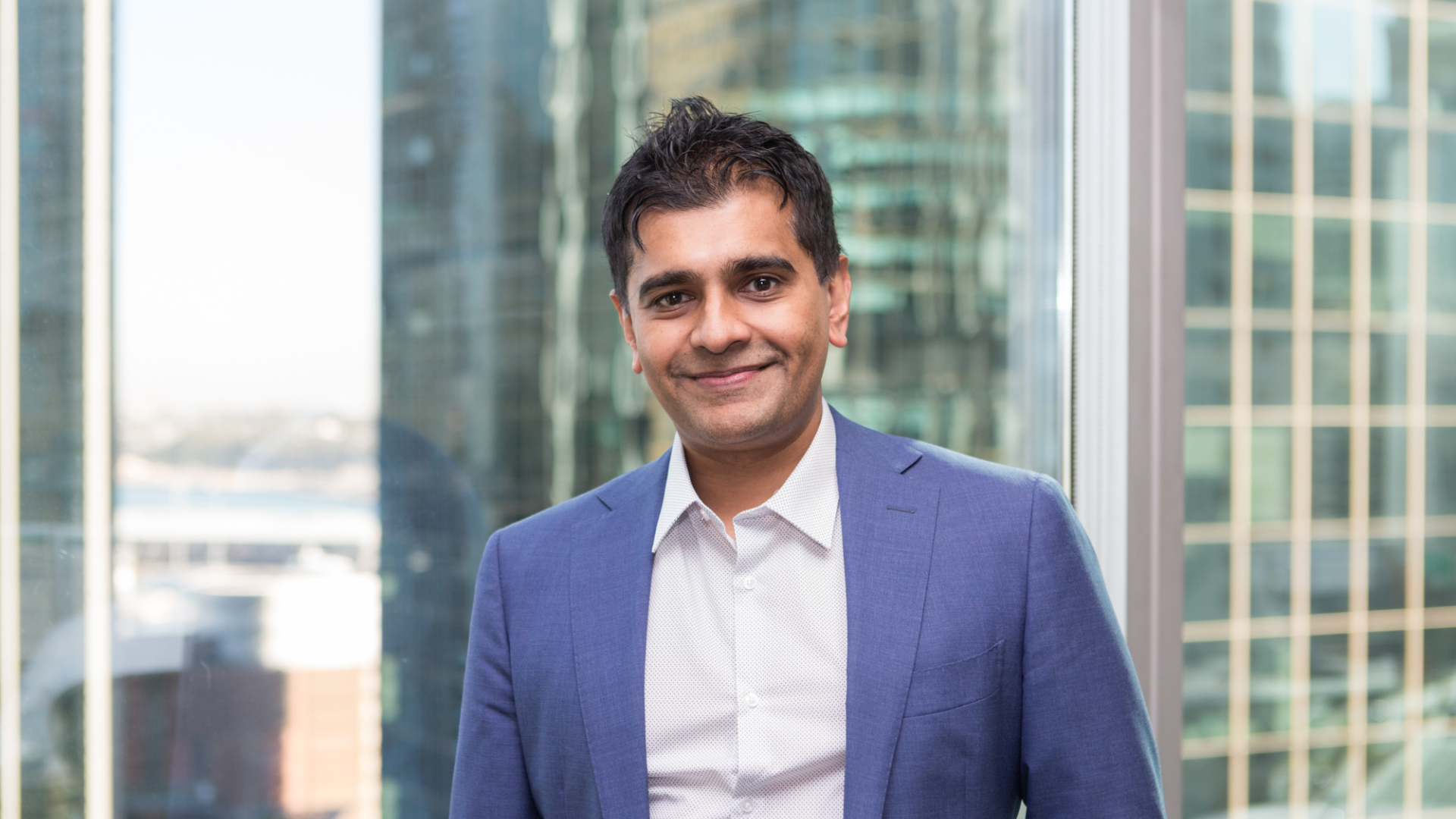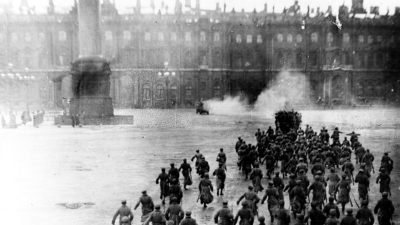Tech innovation, the environment and two Nobel prizes
Lars Jaeger, the global head of risk premia investing for GAM Investments, has looked at the work behind the latest Nobel prizes for economics – one for studies in technological innovation and one for climate change. His conclusion is that economies grow best in “open societies”.
In his latest personal blog Jaeger, the head of ‘alternative risk premia’ at GAM, who wrote what has become the main text book on the subject – “Managing Risk in Alternative Investment Strategies” – in 2002, says that that the Nobel prizes serve as a warning for more totalitarian governments.
The findings of Paul M. Romer who was awarded the Nobel prize for his work on what conditions best help technological developments, show us to better understand which market conditions favour the emergence of ideas for new profitable technologies. In general, an economy grows well when its policy makers and business leaders promote openness, competition, change, and innovation, Jaeger says.
“In this theory lies a clear political message to autocratic governments: the economy grows best in open societies! It may be surprising that a Nobel Prize can be earned for this rather intuitive insight. But in 1994 the Nobel Prize for Economics was awarded for the statement “What goes around comes around”. Behind both, however, lies a much more complex argumentation, or in the case of game theory very abstract mathematics, than the simplicity of the statement would suggest. And who says that simple, intuitive insights in economics can always be easily understood and modelled?
The second Nobel Prize this year also goes to an American. And it equally comes with a clear political message which should give Donald Trump, in particular, a good reason to reflect. The winner, William D. Nordhaus, has dealt extensively with the economics of climate change, demonstrating how economic activity interacts with chemical and physical processes to evoke climate change.
He succeeded in, as the Nobel Committee states, “integrating climate change into long-term macroeconomic analysis”. In particular, his DICE and RICE models (Dynamic Integrated Climate-Economy model and Regional Integrated Climate-Economy model) constitute highly aggregated models integrating economy, carbon cycle, climatic conditions and their effects by using theory and empirical results from physics, chemistry and economics.
– G.B.

